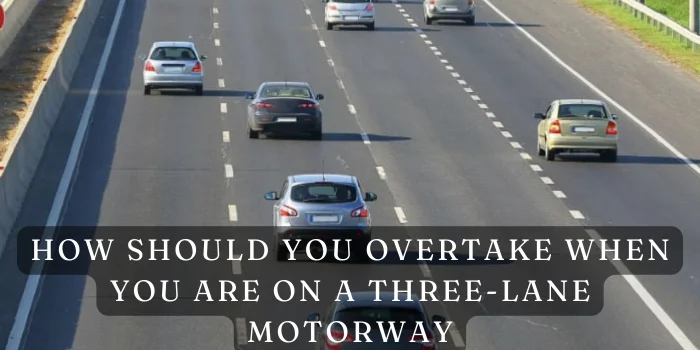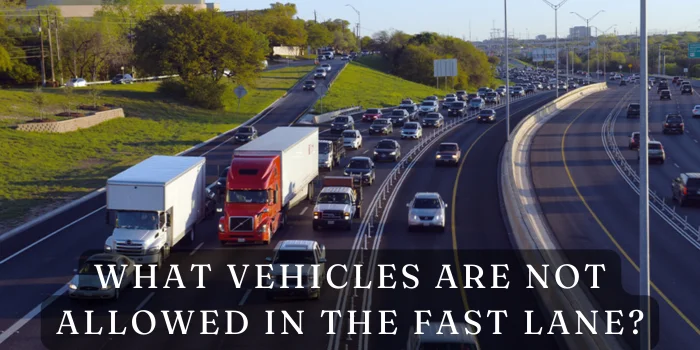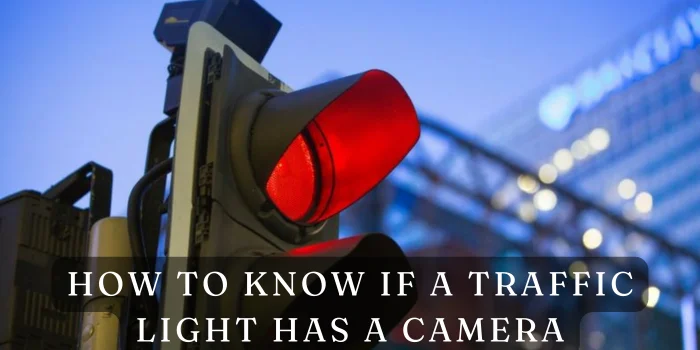How UK Traffic Cameras Detect Mobile Phone Use
Introduction to Mobile Phone Detection in the UK
We’ve all seen it—someone glancing at their phone while driving, swerving slightly, or even typing a quick text at a red light. In the UK, this dangerous habit is being tackled head-on with cutting-edge traffic cameras designed to catch drivers in the act. But how exactly do these cameras work? What technology do they use, and how effective are they? Let’s dive into the world of AI-powered enforcement, legal frameworks, and the ongoing debate about privacy versus safety.
How Do Traffic Cameras Spot Phone Usage?
Imagine a camera that never blinks, never gets distracted, and operates 24/7—rain or shine. UK traffic cameras are equipped with advanced tools to detect even the subtlest signs of phone use.
High-Resolution Cameras and AI Algorithms
These aren’t your average speed cameras. Modern systems use ultra-high-definition (4K) cameras capable of capturing detailed images of vehicles at high speeds. The real magic, however, lies in the artificial intelligence (AI) software analyzing these images. The AI scans for specific visual cues: a phone held near the steering wheel, a driver’s gaze directed downward, or the glow of a screen illuminating their face. It’s like having a digital detective that cross-references thousands of data points in milliseconds.
But how does it differentiate between a phone and, say, a chocolate bar? The AI is trained on vast datasets of images showing drivers using phones, allowing it to recognize unique patterns—like the rectangular shape of a device or the distinctive hand position of someone scrolling.
The Role of Infrared Technology
What about nighttime enforcement? That’s where infrared technology comes in. Unlike traditional flashes that can startle drivers, infrared illuminators discreetly light up the vehicle’s interior. This allows cameras to capture clear images without alerting the driver, ensuring round-the-clock surveillance.
The Technology Behind the Detection
Two core technologies power this system: Automated Number Plate Recognition (ANPR) and machine learning. Together, they create a seamless process from detection to penalty.
Automated Number Plate Recognition (ANPR)
Once the AI flags a potential violation, ANPR springs into action. These cameras scan license plates and cross-reference them with the Driver and Vehicle Licensing Agency (DVLA) database to identify the vehicle’s registered owner. This ensures penalties are directed to the right person—even if the driver tries to hide their face.
Machine Learning and Behavioral Analysis
The system isn’t static; it learns. By analyzing thousands of confirmed violations, the AI refines its ability to distinguish between harmless actions (like adjusting the radio) and risky behaviors (like texting). Over time, it becomes adept at spotting even clever attempts to disguise phone use, such as holding the device below window level.
Legal Framework and Enforcement
The UK’s laws on mobile phone use behind the wheel are among the strictest in the world. Understanding these rules is key to avoiding Penalties.
UK Laws on Mobile Phone Use While Driving
Since March 2022, any handheld phone use while driving has been illegal—even if you’re stopped at a traffic light or checking a map. The only exception? Using a phone to pay contactlessly at a drive-thru, provided the vehicle is stationary and the payment terminal isn’t held. Hands-free devices are permitted, but if police believe you’re distracted, you could still face penalties.
How Authorities Enforce Penalties
When a camera detects a violation, the image is reviewed by a human operator to eliminate false positives (like a passenger using a phone). If confirmed, the registered keeper receives a Notice of Intended Prosecution (NIP) within 14 days. Drivers can contest the penalty by proving they weren’t behind the wheel, but this requires submitting a formal declaration.
Penalties for Using a Phone While Driving
Getting caught isn’t just embarrassing—it’s expensive.
Fines and Points on Your License
First-time offenders face a £200 fine and six penalty points. For drivers who’ve held their license for less than two years, accumulating six points means automatic revocation—forcing them to retake their test.
Long-Term Consequences for Repeat Offenders
Repeat violations can lead to fines up to £1,000 (or £2,500 for bus or truck drivers) and court appearances. Insurance premiums often skyrocket by 50% or more, and some employers may dismiss staff with driving-related convictions.
Impact on Road Safety
Do these cameras actually make roads safer? Evidence suggests they do.
Statistics on Accidents Caused by Distraction
In 2022, distracted driving contributed to 17% of UK road fatalities, with phone use being a leading factor. A study by the RAC Foundation found that drivers using phones are four times more likely to crash.
How Detection Cameras Reduce Risks
Since deploying mobile phone detection cameras in 2020, areas like London and Manchester have reported up to a 30% drop in violations. Fewer distractions mean quicker reaction times—a critical factor in preventing collisions.
Public Reaction to the Technology
Opinions on these cameras are split.
Support for Safer Roads
Many applaud the initiative, particularly parents and cycling advocates. Groups like Brake and the AA argue that the cameras save lives by deterring reckless behavior. A 2023 YouGov poll found that 68% of UK adults support stricter enforcement against phone use.
Privacy Concerns and Criticisms
Critics, however, compare the cameras to Orwellian surveillance. Concerns include potential misuse of data (e.g., tracking movements) and the stress of constant monitoring. Some argue the system unfairly targets low-income drivers who can’t afford hands-free tech.
Future Developments in Detection Systems
The technology is evolving rapidly.
Upgrades to AI Capabilities
Future cameras may analyze body language, such as head position or eye movement, to detect distraction before a violation occurs. Trials are also underway for systems that monitor smartphone signals via Bluetooth—though this raises additional privacy questions.
Nationwide Expansion Plans
Currently operational in select regions, the UK government plans to install these cameras on all major roads by 2025. Funding includes £8 million for new units in rural areas with high accident rates.
How the UK Compares Globally
Other countries are adopting similar strategies.
Similar Systems in Australia and Europe
Australia’s mobile phone detection cameras, introduced in 2019, have caught over 200,000 offenders. In France, police use handheld radar devices to scan for phone signals.
Lessons from Other Countries
The UK’s hybrid approach—combining AI with human oversight—avoids the pitfalls of fully automated systems, which have faced backlash in places like the US for high error rates.
Challenges in Detecting Phone Use
No system is perfect.
Evasion Tactics by Drivers
Some drivers attempt to bypass detection by mounting phones on dashboards (still illegal if touched) or using privacy screens. Others swap SIM cards to avoid signal-based tracking.
Limitations of Current Technology
Challenges include glare from windshields, tinted windows, and passengers holding devices near drivers. Engineers are developing polarized filters and 3D imaging to overcome these hurdles.
Government and Police Initiatives
Enforcement is part of a broader strategy.
Funding for Road Safety Campaigns
The UK’s THINK! campaign uses hard-hitting ads to highlight the dangers of distraction. Recent initiatives target young drivers, with virtual reality simulations showing the consequences of texting while driving.
Collaboration with Tech Companies
Partnerships with firms like Siemens and Huawei aim to improve camera accuracy and processing speed. Startups like Acusensus (pioneers of the Australian system) are also advising UK authorities.
Case Studies of Successful Implementation
Real-world results highlight the system’s potential.
London’s Pilot Program Results
A 2021 trial on the A10 corridor caught 1,200 offenders monthly. Within six months, collisions in the area dropped by 22%.
Manchester’s Reduction in Violations
After installing cameras near schools, Manchester saw a 40% decline in phone use during school runs. Parents reported feeling safer for children walking or cycling.
Conclusion
UK traffic cameras represent a bold fusion of technology and law enforcement. While debates over privacy persist, the numbers speak volumes: Fewer violations, fewer accidents, and lives saved. As AI continues to evolve, these systems will likely become even more precise—offering a glimpse into a future where distracted driving is as socially unacceptable as drunk driving.
FAQs
1. Can the cameras detect phones in pockets or bags?
No—they only flag visible phone use, such as holding or tapping the device.
2. Do passengers get penalized if they use a phone?
No. The law targets drivers only, though passengers are encouraged to avoid distracting the driver.
3. What if I’m using a hands-free device?
Hands-free use is legal, but if the camera mistakes it for handheld use, you can appeal by providing call logs or device records.
4. Are there plans to use this tech on motorcycles?
Yes! Trials in Birmingham are testing cameras that can detect phone use on motorbikes, even through helmets.
5. How accurate are these cameras?
Current systems are 95% accurate, with human reviews minimizing false penalties. Errors can be contested via the UK’s Traffic Penalty Tribunal.



